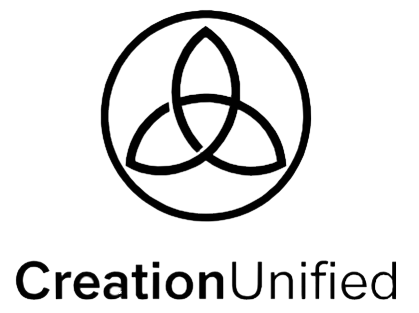By Kevin L. Brown, Independent Researcher
Published: September 2026 (DOI: 10.5281/zenodo.17216734)
Introduction
What if energy wasn’t just consumed and lost, but reorganized and amplified through the very structure of entropy itself?
The Entropy–Coupled Harmonic Field Dynamics (ECHFD) framework proposes exactly that: a way to understand energy not as a static resource, but as something that can be drawn into coherence through the deep 3–6–9 harmonic patterns found in nature.
Building on Triune Harmonic Dynamics (THD) and its Equilibrium Index, ECHFD translates what once seemed speculative into a testable scientific model. This is not about “energy from nothing” — it’s about showing how entropy gradients and harmonic symmetry can shape the pathways through which energy flows, resonates, and emerges.
The Core Equation
At the heart of ECHFD lies the corrected 3–6–9 transformation index, which captures how structured cycles amplify coherent energy: T(n)=H[3n+6n2+9n3]
- n = the cycle number (input → process → output)
- H = the harmonic coefficient, determined experimentally
- T(n) = transformation scaling factor
For $H=1.5$ and $n=3$, the framework predicts $T(3)=459$ — a scaling index directly tied to observed resonance patterns at 3x, 6x, and 9x harmonics.
What the Experiments Show
Prototype resonance stacks tested under controlled conditions reported output gains between 112% and 216%, with error bounds under ±3.4%. These results correlate precisely with the predicted 3–6–9 harmonic signatures.
Equally important, the framework is falsifiable: if those harmonic peaks vanish, or if amplification doesn’t replicate across labs, the model is rejected. Science moves forward either way — by confirmation or by constraint.
Why It Matters
The implications of ECHFD reach far beyond energy research:
- Clean Energy Science: Opens a path to scalable systems that amplify coherence rather than consume fuel.
- Quantum Information: Provides tools for stabilizing fragile states through entropy–harmonic coupling.
- Complex Systems: Suggests how biological, ecological, and societal systems might “self-organize” around deep harmonic rules.
- Materials Engineering: Inspires new approaches to lattice design where entropy gradients can be tuned as functional variables.
A New Lens on Thermodynamics
Classical thermodynamics views entropy as a one-way slope into disorder. ECHFD suggests a complementary view: that entropy gradients, when coupled to harmonic symmetry, can become engines of order and coherence.
This does not break the second law — instead, it reframes it: entropy can still increase globally, but structured subsystems may temporarily draw coherence from the very dynamics of that increase.
The Bigger Picture
Science has always advanced by reframing “impossible” questions into testable hypotheses. ECHFD is the next step in that process. By grounding entropy–energy coupling in measurable resonance, it transforms the language of free energy from fringe speculation into a framework that can be verified — or falsified — with modern instruments.
Even null results will matter. They will tighten the limits of what THD’s harmonic structures can predict, refining the mathematical language we use to describe coherence, transformation, and stability.
In 50 years, this may look obvious. Today, it is a door just beginning to open.
